 Chris Baker has been the publisher of The Taos News since 2000. Baker and his team in Taos publish over 25 niche magazines and guides. Niche revenue is the paper’s most significant revenue stream, grossing over $1 million annually. The 9,000 circulation weekly churns out high-quality fiber and cyber niche products from illustrated maps to sophisticated glossy magazines. He was awarded the Distinguished Alumni Award from New Mexico State University in 2013 for employing over 30 college interns from NMSU. Baker was inducted into the New Mexico Press Association Hall of Fame in 2018 and was president of the NMPA in 2004. Baker lives in Taos, New Mexico with his wife Lisa and son Aidan.
Chris Baker has been the publisher of The Taos News since 2000. Baker and his team in Taos publish over 25 niche magazines and guides. Niche revenue is the paper’s most significant revenue stream, grossing over $1 million annually. The 9,000 circulation weekly churns out high-quality fiber and cyber niche products from illustrated maps to sophisticated glossy magazines. He was awarded the Distinguished Alumni Award from New Mexico State University in 2013 for employing over 30 college interns from NMSU. Baker was inducted into the New Mexico Press Association Hall of Fame in 2018 and was president of the NMPA in 2004. Baker lives in Taos, New Mexico with his wife Lisa and son Aidan.
Chris Baker
Maria Archangelo
 Maria Archangelo is the chief revenue officer of Open Campus. An experienced nonprofit news leader and team builder, Maria previously was vice president of partnerships at Chalkbeat. She’s a long-time leader of high-performing revenue, fundraising, sales, and membership teams. Before Chalkbeat, Maria was executive director for the Philadelphia Public School Notebook, a nonprofit news organization, and previously held leadership roles at other media groups, including the Stowe Reporter/Waterbury Record and the Rutland Herald/Times Argus, both in Vermont and at The Baltimore Sun Media Group. She’s a graduate of Temple University and lives in Philadelphia. Email | @MariaArchangelo
Maria Archangelo is the chief revenue officer of Open Campus. An experienced nonprofit news leader and team builder, Maria previously was vice president of partnerships at Chalkbeat. She’s a long-time leader of high-performing revenue, fundraising, sales, and membership teams. Before Chalkbeat, Maria was executive director for the Philadelphia Public School Notebook, a nonprofit news organization, and previously held leadership roles at other media groups, including the Stowe Reporter/Waterbury Record and the Rutland Herald/Times Argus, both in Vermont and at The Baltimore Sun Media Group. She’s a graduate of Temple University and lives in Philadelphia. Email | @MariaArchangelo
E&P Publisher of the Year Nominations Close Sept. 24
Each year, E&P looks to honor a news publisher who has risen above the rest and accomplished what seems like the impossible, outmaneuvering the competition and outthinking the future while maintaining profitability.
We then recognize this leader on the cover of our November issue of Editor and Publisher Magazine.
Nominate someone now who you feel deserves to be our 2021 “Publisher of the Year” and they will be featured on the cover of our November issue.
Hurry! Nominations close at midnight (EDT) on Friday, September 24th, 2021
11th Annual New England First Amendment Institute Applications Open Until Sept. 25
NEFAI 2021 application deadline extended to Sept. 25, apply now for one of 25 fellowships.
The New England First Amendment Coalition will host its 11th annual New England First Amendment Institute as a multi-day online program this fall.
The institute is typically offered over three days at Northeastern University in Boston. Due to continuing health concerns related to COVID-19 and the limited ability of many journalists in the region to take extended time off, fellows this year will be attending remotely.
The program will consist of classes taught between Oct. 31 and Nov. 6. Sessions will be in the morning with optional and state-specific classes scheduled throughout the day. Those selected as fellows should be committed to participating in all sessions. A complete schedule will be released soon.
The deadline to apply is extended to Sept. 25 and application materials can be obtained here.





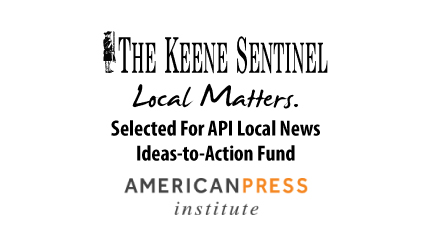
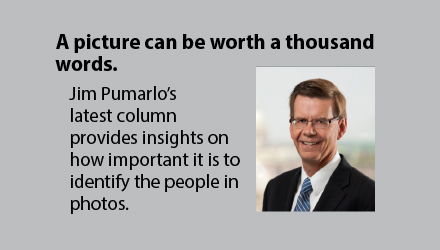

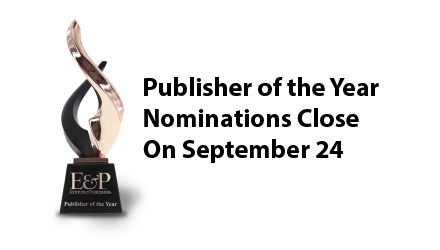
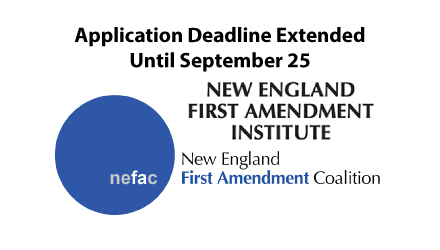
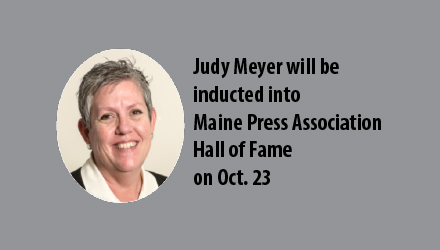

NEFAC Announces Journalism Fellows for New England First Amendment Institute
Now in its 11th year, the institute provides support and training for New England journalists to give them the tools they need to become more accomplished investigative reporters, well-versed in the freedom of information laws that govern today’s difficult reporting landscape.
The institute — provided at no cost to those who attend — is Oct. 31 through Nov. 6 and features many of the country’s elite reporters, editors and media attorneys.
Learn more about the program
NEFAI 2021 Fellows
CONNECTICUT
Verónica Del Valle
Hearst Connecticut
Currie Engel
Hearst Connecticut
Alex Putterman
Hartford Courant
Elizabeth Regan
The Day
MAINE
Lynda Clancy
Penobscot Bay Pilot
MASSACHUSETTS
Dugan Arnett
The Boston Globe
Greta Jochem
The Berkshire Eagle
Anastasia Lennon
New Bedford Light
Alex Newman
Patch
Emma Platoff
The Boston Globe
Tiana Woodard
The Boston Globe
NEW HAMPSHIRE
Julia Furukawa
N.H. Public Radio
Amanda Gokee
New Hampshire Bulletin
Cassidy Jensen
The Concord Monitor
Jordan Phelan
Eagle Times
Jack Rooney
Keene Sentinel
RHODE ISLAND
Jeremy Bernfeld
The Public’s Radio
Lauren Clem
The Valley Breeze
Sarah Guernelli
WPRI-Providence
Rachel Nunes
Patch
Amy Russo
Providence Journal
VERMONT
Dom Amato
WCAX-Burlington
Jack Lyons
VT Digger
REGIONAL
Maya Ergas Shwayder
New England Public Media
Kyle Stucker
Gannett New England